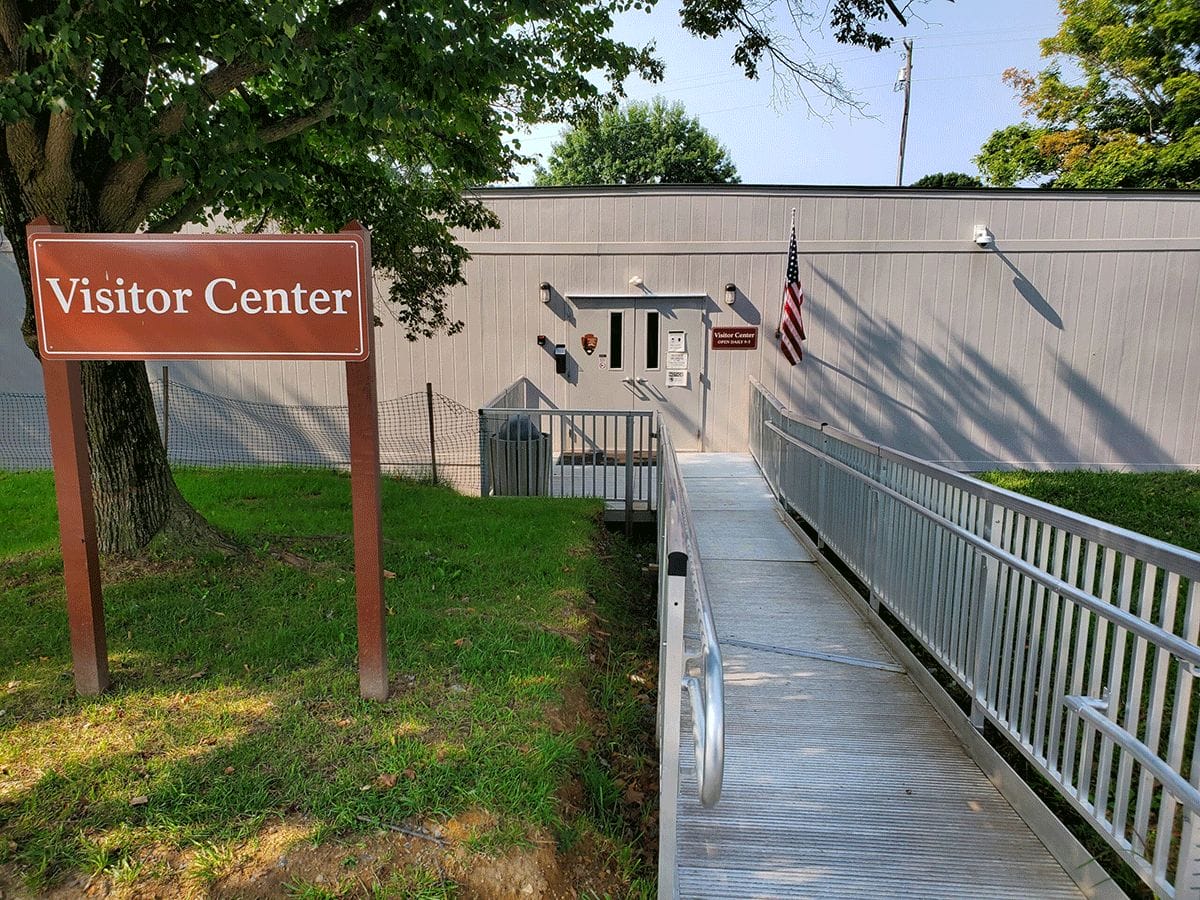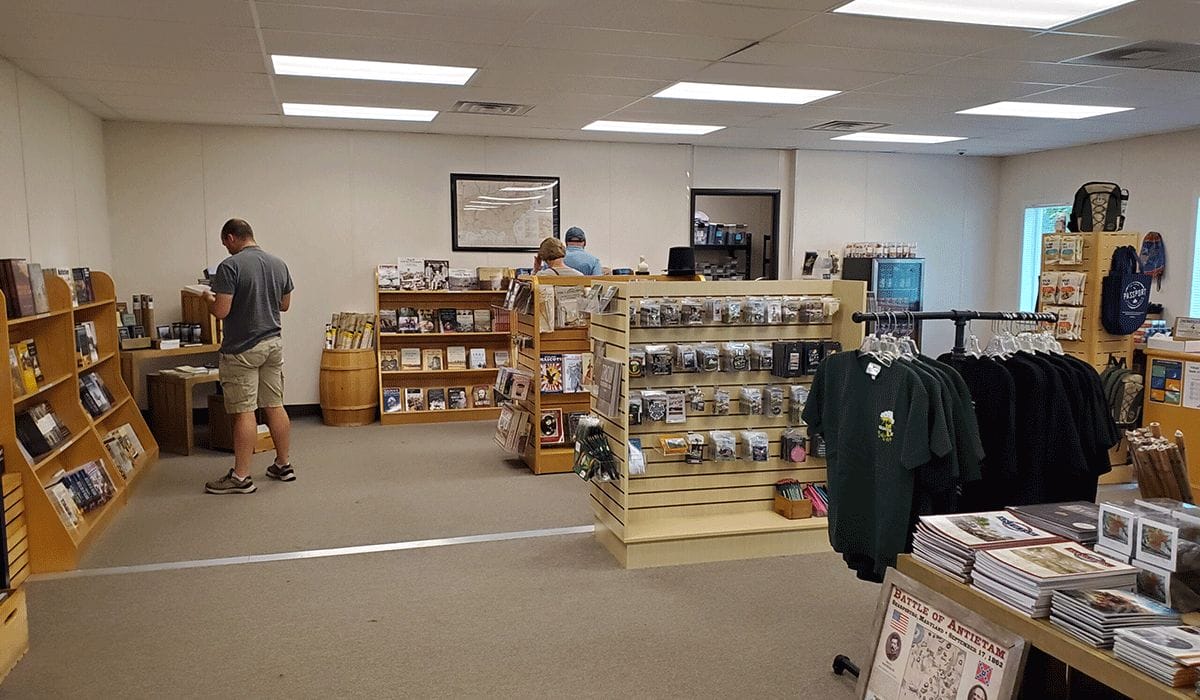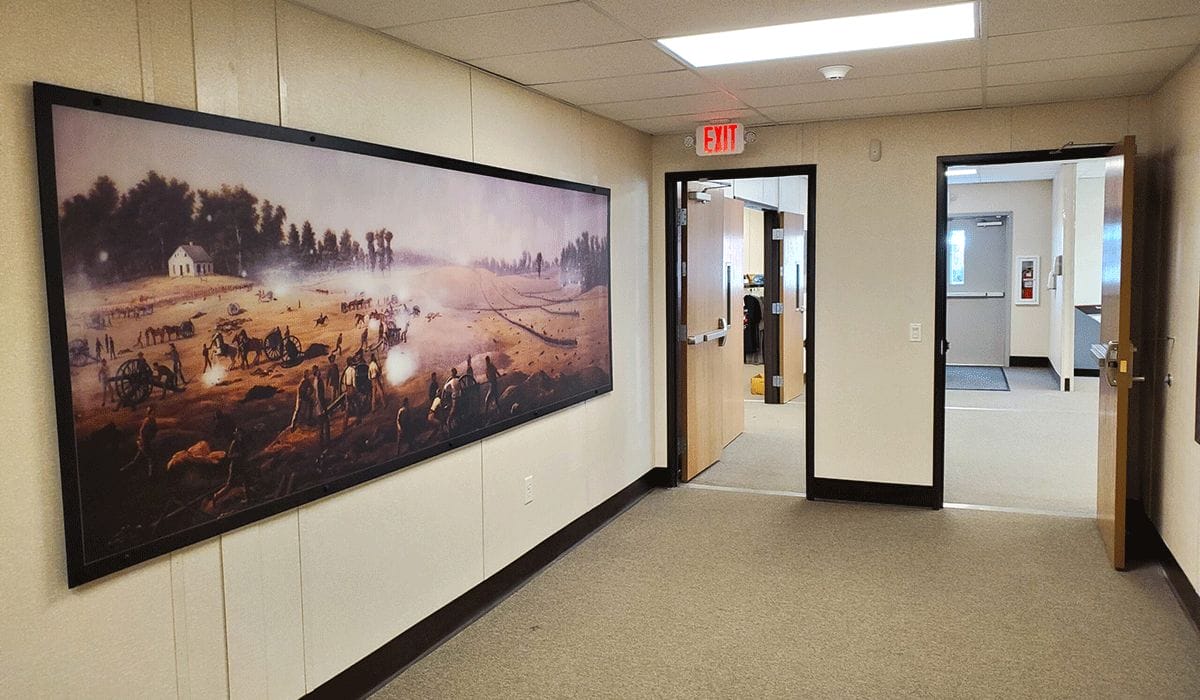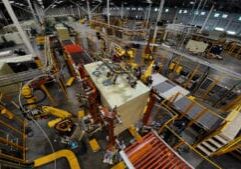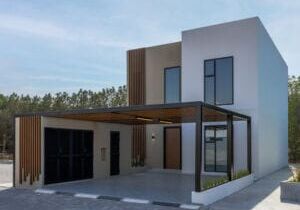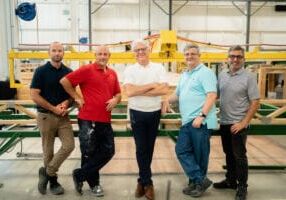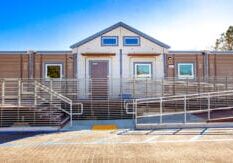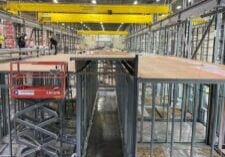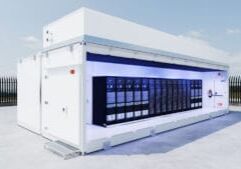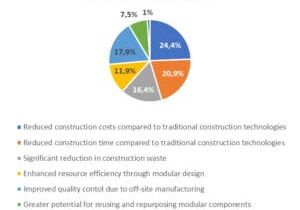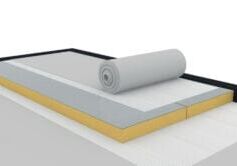Temporary Visitors Center at Antietam National Battlefield Park
Project Overview
In collaboration with a leading General Contractor, USMGE undertook the construction of a temporary modular visitors center at Antietam National Battlefield Park. This initiative was aimed at facilitating visitor engagement during the renovation phase of the existing Visitors Center. USMGE’s contribution involved the provision of a comprehensive 5,000 square foot modular building, built by Titan Modular Systems, tailored to accommodate diverse functionalities.
This phase-one project spanned over two years, featuring essential facilities such as retail space, film rooms, exhibit rooms, an information center, and restrooms. Upon the completion of the renovation phase, these modular buildings were strategically relocated to a permanent site in Frederick, MD, situated within another US Park Service facility.
This relocation served the purpose of promoting education and training, aligning with USMGE’s commitment to repurposing and extending the functionality of these structures beyond their initial deployment at Antietam National Battlefield Park. This innovative approach not only addressed immediate visitor needs during renovations but also contributed to broader educational initiatives in a different park setting.
Challenges and Goals
Antietam National Battlefield Park, a revered site listed on the U.S. National Register of Historic Places, presented unique challenges demanding meticulous preservation efforts. The paramount goal was to ensure minimal disruption to the sacred grounds surrounding the new modular building. Given this imperative, modular construction emerged as an ideal solution, as the bulk of the construction occurred off-site, significantly reducing disturbance to the historical site. However, the project encountered further complexities during the relocation phase, necessitating additional care and attention.
The tear-down, transportation, and site restoration process at the initial location demanded meticulous handling to preserve the integrity of the hallowed ground. Moreover, the relocation to a new site mandated similar meticulous care requirements to uphold the historical significance and environmental considerations,
Sustainability Approach
Throughout the conception and execution of the modular visitors center project at Antietam National Battlefield Park, sustainability remained a pivotal consideration. USMGE’s commitment to sustainability extended beyond the immediate construction phase. The utilization of modular construction inherently minimized environmental impact by optimizing resources and reducing on-site disturbance, aligning with eco-friendly practices. Furthermore, the strategic relocation of these modular buildings to a new site in Frederick, MD, exemplified a sustainable approach.
This repurposing initiative showcased a dedication to extending the lifecycle of structures, reducing waste, and fostering educational opportunities within a different park setting. The careful planning involved in the tear-down, transportation, and restoration processes not only preserved historical integrity but also underscored a commitment to environmental stewardship. By seamlessly integrating sustainability into both construction and relocation phases, the project showcased USMGE’s holistic approach to preserving heritage sites while promoting long-term environmental responsibility and educational outreach.
More from Modular Advantage
Resia: Breaking All the Rules
Resia Manufacturing, a division of U.S.-based Resia, is now offering prefabricated bathroom and kitchen components to industry partners. Its hybrid fabrication facility produces more precise bathroom and kitchen components (modules) faster and at lower cost than traditional construction. Here’s how Resia Manufacturing does it.
How LINQ Modular Innovates to Bring Modular To The Market in the UAE and Beyond
LINQ Modular, with an office and three manufacturing facilities in Dubai, is a modular firm based in United Arab Emirates. The company is on a mission: to break open the housing and construction markets in the Gulf Cooperation Council (GCC) area with modular.
ModMax: Redefining Modular Construction with Confidence and Precision
ModMax was born out of frustration—frustration with five persistent pain points in modular construction: Permitting bottlenecks. Production delays. Rigid designs. Disconnect between “the office” and the field. Lack of transparency and communication.
LifeArk: Disaster-Resilient Housing from Recycled Plastic and 100-year-old Technology
Wee compares LifeArk’s housing units to Yeti coolers, as they are built similarly. Each component takes 15 to 20 minutes to manufacture, has an R-value of 40, and includes molded slots and chases for wiring, plumbing, fire sprinklers, and other utilities.
Building the Future of Modular Edge Infrastructure
The edge data center market is expanding rapidly, driven by the surge in AI workloads, IoT adoption, and the need for localized compute power. In these environments, sustainability, scalability, and reliability are non-negotiable. Cooling is among the most complex challenges for operators—and one of the most decisive factors in long-term success.
Accelerating Light-Gauge Steel Construction: A Semi-Automated Digital Workflow for Off-Site Projects
For construction professionals, the message is clear. By adopting semi-automation and digitalization, companies can deliver projects faster, more accurately, and more profitably, while also building stronger collaboration across teams. The approach is not about replacing people with machines, but about empowering people with better tools and processes.
Why Modular Data Centers Are Gaining Momentum
Artificial intelligence, high-performance computing, and edge applications push the limits of traditional “stick-built” data centers. They take years build, often struggle with high density workloads, and aren’t optimized for deployments near end users. Modular data center platforms are purpose-built to address these challenges, offering flexibility and scalability to adapt to evolving technologies, while opening new opportunities for the modular construction industry.
Supply Chain Innovation in Action: 5 Habits Every Modular Leader Should Practice
By applying these principles to supply chain practices — collaborative planning, strategic procurement, scenario modeling, digital tools, and transparent forecasting — construction leaders can build value chains that are not just efficient and agile, but truly innovative.
Exploring the Role of Modular Integrated Construction (MiC) in Advancing Circular City Principles – A Survey of Stakeholder Perspectives
The survey findings highlight the significant potential of Modular integrated Construction (MiC) in advancing the development of circular cities. By reducing costs, accelerating construction timelines, and minimizing waste generation, MiC offers a promising approach to sustainable urban development.
The Use of MS POLYMER™-Based Sealants and Adhesives in Modular Building
These products combine flexibility and elastic recovery with excellent adhesion to different substrates and have already shown their usefulness in traditional construction. Now it’s time for them to be put to use in the modular construction industry.


